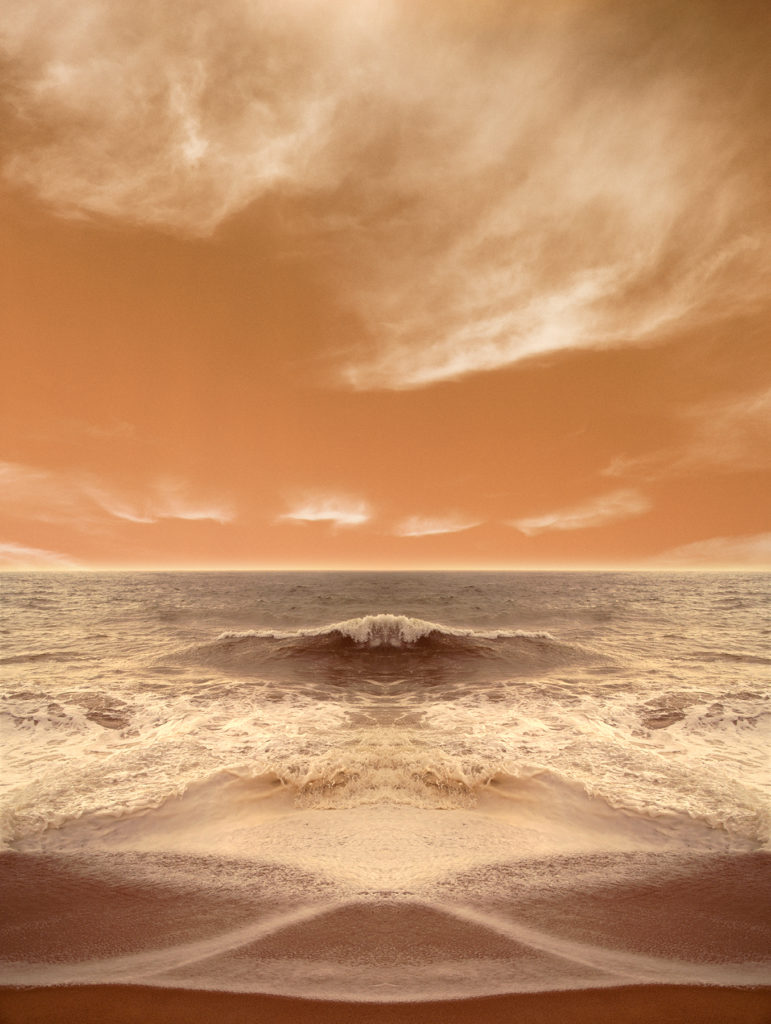
.
There’s something mysterious about many of the images you are about to see.
Unaltered images look altered.
Altered images look unaltered.
It’s a sign of the times.
How do we know what we know?
Is seeing believing?
Is believing seeing?
Perhaps the questions are more important than the answers because they start a never-ending process of inquiry.
This work is a quest for perspective.
It’s an inquiry into possibilities.
This work dissolves boundaries in an attempt to find new possibilities.
This is an important time for photography, the most influential visual medium in history.
We’ve seen more change to the medium in the past decade than we’ve seen in its entire 150-year history.
Change is not new to photography.
It has always changed and been an agent for change.
Photography itself was an experiment and that experiment continues today as the medium evolves at an ever-increasing rate.
While the medium has limitations, and it’s important to know what those limitations are, the practices we adopt in photography are not based on the medium and its historical evolution, but rather on us; what each individual and age seeks to do with photography.
I prefer that people assume my images have been altered, rather than assuming that they haven’t been altered.
Every photograph is altered, to one degree or another.
You cannot separate the observer from the observed.
That not only means you can’t separate me from my images, but it also means you can’t separate yourself from your experience of them.
Not only is it not possible to do this, I’m not interested in doing it.
I’d rather highlight and celebrate this involvement.
Photography is both a window and a mirror.
If you look deeply enough, you’ll find it reflects everything.
In my work, I hope to point beyond the dichotomy between objectivity and subjectivity and towards intersubjectivity.
While it can be useful to consider things in isolation, they are never truly isolated; many things are inseparable.
We are not separate.
We’re all in this together.
Time, space, light, all the things that this work is about are ultimately missing from the final product – the print.
Like so many things in my work, this conspicuous absence points to the limitations of the medium and the limits of our own perceptual faculties.
This absence points beyond the work to something greater.
On the other hand, what may at first seem absent may not be absent at all – me, you, us.
Ironically, on so many levels, what is not seen in these images may be the most important element of all.
It’s obvious these images are concerned with beauty.
Beauty is regenerative and it inspires hope.
It may not be obvious that these images are concerned with the disappearance of beauty.
You may notice that there are no organisms in this work.
This is a deliberate omission.
Whether surrounded by a wealth of water or a lack of water, I photograph wastelands.
This work is not merely a document of vanishing places.
It is a call to connection.
It’s a call to connection with nature – the matrix from which we are born, which sustains us while we are alive, and to which we return when we die.
When addressing the massive ecological issues facing us today, we are not talking about altruistically saving the earth, we are talking about preserving the habitability of our environment – our future.
In so many ways we shape our environment; we can do this positively or negatively.
This work is a call to incite conscientious creative interaction with our total environment.
This work is a call to connection with us.
If we feel that we are a part of nature, conscientious practices will no longer need to be legislated, they will simply happen.
If we feel that we are not insignificant, we will act to make our own positive contributions in our own unique and creative ways.
The Chinese have a saying, “May you live in interesting times.”
We live in interesting times!
The Chinese also use a character that simultaneously means “crisis” and “opportunity.”
This is what we are faced with today.
I urge you to reconnect.
I urge you to be a part of the solution.



Sorry, the comment form is closed at this time.